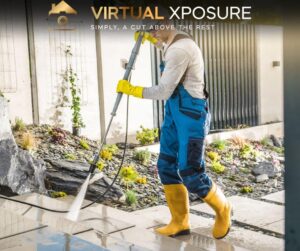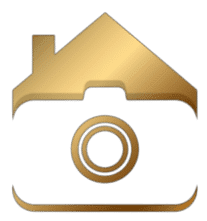As the days grow shorter and the temperature drops, it’s time to prepare your rental property for the challenges that winter brings. Harsh weather conditions can take a toll on any property, potentially leading to costly damages and tenant discomfort.
However, with the right strategies in place, you can ensure that your rental remains safe, comfortable, and in excellent condition throughout the winter months.
Today, we’ll know about the essential property maintenance tips to help you winterize your rental property effectively.
1. Exterior Inspections and Repairs
The first line of defense against winter’s onslaught is your property’s exterior. Begin by conducting a thorough home inspection:
Check for Cracks and Gaps: Inspect the foundation, walls, and windows for any cracks or gaps. Seal them with caulk or weather-stripping to prevent drafts and keep the cold air out.
Inspect the Roof: Ensure that the roof is in good condition. Replace any missing or damaged shingles and clean out gutters to prevent ice dams from forming.
Trim Trees and Branches: Remove any overhanging branches or limbs that could potentially damage the property during storms. This proactive step can save you from costly repairs later on.
Related Articles:
5 Home Selling Mistakes You should Avoid
How to Increase the value of your home – Top 6 Upgrades
What to Expect While Buying a Historic Home in Canada
2. Heating Systems Check-up
A well-functioning heating system is crucial for tenant comfort during winter. Here’s what you need to do:
Schedule a Professional Inspection: Hire a licensed HVAC technician to inspect and service the heating system. This should include cleaning, lubricating, and testing for efficiency.
Replace Filters: Dirty filters can reduce efficiency and increase energy bills. Make it a priority to replace them regularly, and consider providing extra filters for your tenants’ convenience.
Check Thermostats: Ensure that thermostats are working correctly and set to an appropriate temperature. Consider installing programmable thermostats for better control and energy savings.

3. Insulation and Weatherization
Proper insulation is key to maintaining a warm interior and reducing energy costs:
Attic Insulation: Inspect and add insulation to the attic if necessary. This helps to prevent heat loss through the roof, ultimately saving on heating costs.
Seal Doors and Windows: Apply weather-stripping or use draft stoppers to seal gaps around doors and windows. This prevents cold air from seeping in and keeps the interior cozy.
Insulate Pipes: To prevent freezing and bursting, insulate exposed pipes, especially those in unheated areas like basements and crawl spaces. This precautionary measure can prevent significant water damage.
4. Plumbing Preparations
Frozen pipes can lead to costly damages. Take these precautions:
Drain Exterior Faucets: Disconnect and drain garden hoses, and shut off exterior faucets. Consider installing frost-free hose bibs for added protection against freezing.
Keep Heat On: If the property will be vacant for an extended period, keep the heat on to ensure the interior stays above freezing. This simple step can save you from potential plumbing disasters.
Allow Faucets to Drip: In extremely cold conditions, allow faucets to drip slightly to prevent freezing. This minor measure can make a major difference in preventing pipe damage.
5. Prepare for Snow and Ice
Snow and ice accumulation can pose safety hazards. Be ready to tackle them:
Snow Removal Plan: Determine how snow will be removed from driveways, walkways, and parking areas. Consider hiring a professional service or providing snow removal equipment to your tenants for their safety and convenience.
Stock up on Ice Melt: Have an ample supply of ice melt available for tenants to use on walkways and steps. This small investment ensures their safety and prevents slip and fall accidents.

6. Emergency Preparedness
It’s essential to be prepared for any unforeseen circumstances:
Emergency Contacts: Provide tenants with a comprehensive list of emergency contacts, including your contact information, a trusted maintenance person, and local utility companies. This information can be invaluable in critical situations.
Storm Preparedness Kit: Encourage your tenants to have a basic emergency kit on hand, including flashlights, batteries, non-perishable food, and water. This proactive measure ensures their safety and comfort during unexpected events.
7. Communicate with Tenants
Clear communication with your tenants is crucial during winter:
Educate Your Tenants: Provide your tenants with a winter maintenance checklist and educate them on how to handle common winter-related issues. This empowers them to take proactive measures and report concerns promptly.
Prompt Reporting: Encourage tenants to report any maintenance concerns promptly. Addressing issues early can prevent further damage and ensure their continued satisfaction.
Winterizing your rental property is an investment that pays off in terms of tenant satisfaction, reduced maintenance costs, and preserved property value. By implementing these proactive steps, you can ensure that your rental property remains a safe, comfortable haven throughout the winter months.
Remember, a well-maintained property not only keeps your tenants happy but also reflects positively on your reputation as a landlord.


